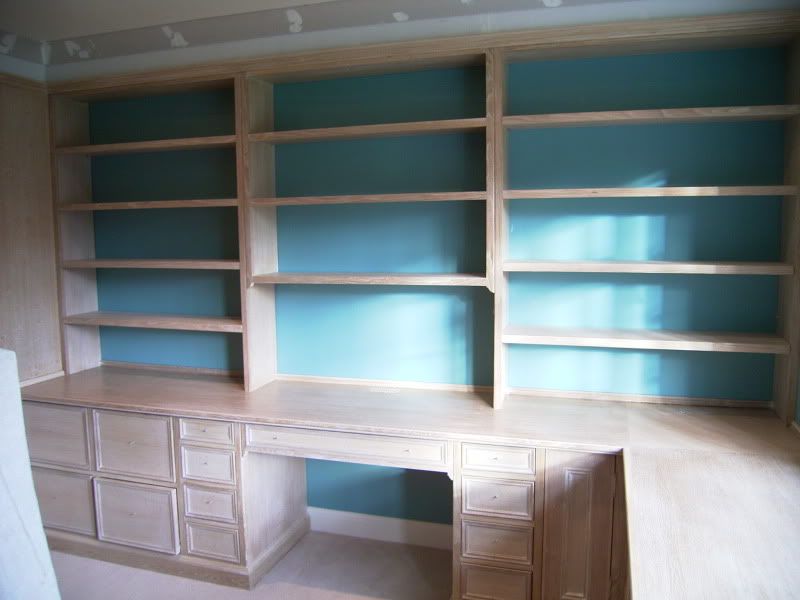I have a Job coming up that will require a Limed Oak Finish.
I have done several in the past and they have come out nicely, but found it to be very time consuming and labour intensive.
My Question is
Does any one have any tips and techniques on how they achieve a Limed Oak Finish?
What products are good use?
Any help would be much apreicated.
I have done several in the past and they have come out nicely, but found it to be very time consuming and labour intensive.
My Question is
Does any one have any tips and techniques on how they achieve a Limed Oak Finish?
What products are good use?
Any help would be much apreicated.






